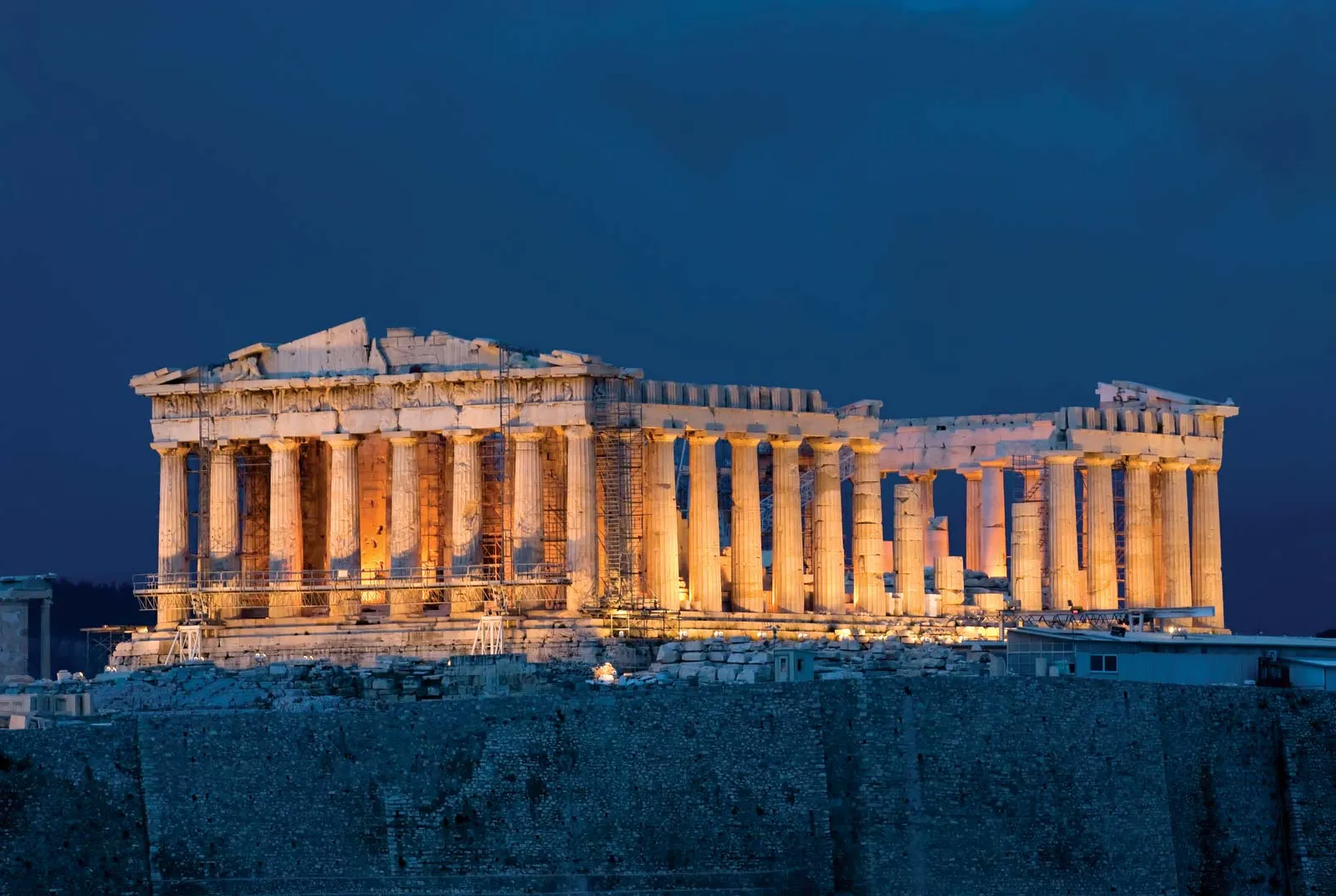The Acropolis of Athens is one of the most iconic landmarks in Greece and a UNESCO World Heritage Site. The ancient citadel sits high above the city and has played a significant role in Greek history and civilization. The following article will take you on a journey through time, exploring the history of the Acropolis, its architecture, restoration, and its significance today.
The History of the Acropolis of Athens
The history of the Acropolis dates back to the 5th millennium BC. The first fortifications on the site were constructed during the Mycenaean period. However, it was during the Classical period (5th and 4th centuries BC) that the Acropolis became a significant religious and cultural center. The most famous building on the Acropolis, the Parthenon, was built during this period.
The Acropolis continued to play a significant role in Greek history during the Roman, Byzantine, and Ottoman periods. The Romans converted the Parthenon into a temple dedicated to the goddess Athena. During the Byzantine period, the Parthenon was converted into a Christian church, and the Ottoman period saw the construction of new structures on the site.
The Architecture of the Acropolis
The Acropolis is a masterpiece of ancient Greek architecture. The most famous structure on the site is the Parthenon, which is considered one of the greatest examples of Classical Greek architecture. The Parthenon was built between 447 and 438 BC and was dedicated to the goddess Athena Parthenos. The temple was designed by the architects Ictinus and Callicrates, while the sculptor Phidias created the famous statue of Athena inside the temple.
Another notable structure on the Acropolis is the Propylaea, the monumental entrance to the site. The Propylaea was built between 437 and 432 BC and was designed by the architect Mnesicles. The structure is a testament to the skill and sophistication of ancient Greek architecture.
The Erechtheion is another notable building on the Acropolis. The temple was built in honor of the god Poseidon and the goddess Athena. The Erechtheion is famous for its Porch of the Caryatids, a row of six female figures that serve as columns.
The Restoration of the Acropolis
The Acropolis has faced numerous challenges over the centuries, including wars, natural disasters, and pollution. The site was severely damaged during the Venetian siege of Athens in 1687 when a cannonball hit the Parthenon, causing significant damage. Over the centuries, the Acropolis continued to suffer from neglect, pollution, and destruction.
In the 19th and 20th centuries, significant restoration efforts were made to preserve the Acropolis. Restoration work began in 1834 and continued well into the 20th century. The restoration work included the removal of structures that were added during the Roman, Byzantine, and Ottoman periods, as well as the repair of damage caused by pollution and natural disasters.
The Acropolis Today
Today, the Acropolis is one of the most visited sites in Greece, attracting millions of visitors every year. The site is not only a monument to the ancient Greek civilization but also a symbol of Greece’s cultural heritage. The Acropolis Museum, which opened in 2009, is home to artifacts and exhibits that tell the story of the Acropolis and its significance.
The preservation of the Acropolis is of utmost importance, not only for its historical and cultural significance but also for its role in modern Greek culture and society. The Acropolis serves as a reminder of Greece’s glorious past and its contributions to civilization. It is a symbol of the country’s national identity and a source of pride for Greeks around the world.
Conclusion
The Acropolis of Athens is an essential part of Greece’s cultural and historical legacy. Its significance extends beyond its role as a landmark and tourist attraction, serving as a symbol of Greece’s rich cultural heritage. The journey through time that the Acropolis offers us, from the ancient Greek civilization to the modern era, is a testament to its importance in shaping the world we live in today.
Visiting the Acropolis provides us with an opportunity to witness the magnificent architecture and history of ancient Greece up close. Its stunning views of the city of Athens are a testament to the country’s continued significance and its people’s resilience. However, it is also our responsibility to protect and preserve the site for future generations. By supporting responsible tourism practices and preserving the natural environment, we can ensure that the Acropolis remains a symbol of Greece’s rich cultural heritage for centuries to come.
In conclusion, the Acropolis of Athens is a journey through time that provides us with a glimpse into ancient Greek civilization and its contributions to civilization. Its stunning architecture, historical significance, and cultural legacy make it a must-visit destination for travelers from around the world. However, it is essential to recognize the importance of preserving and protecting the site for future generations. The Acropolis is not only a symbol of Greece’s past but also its present and future. It is a reminder of the country’s contributions to the world and its cultural and historical legacy, and we must cherish it.





